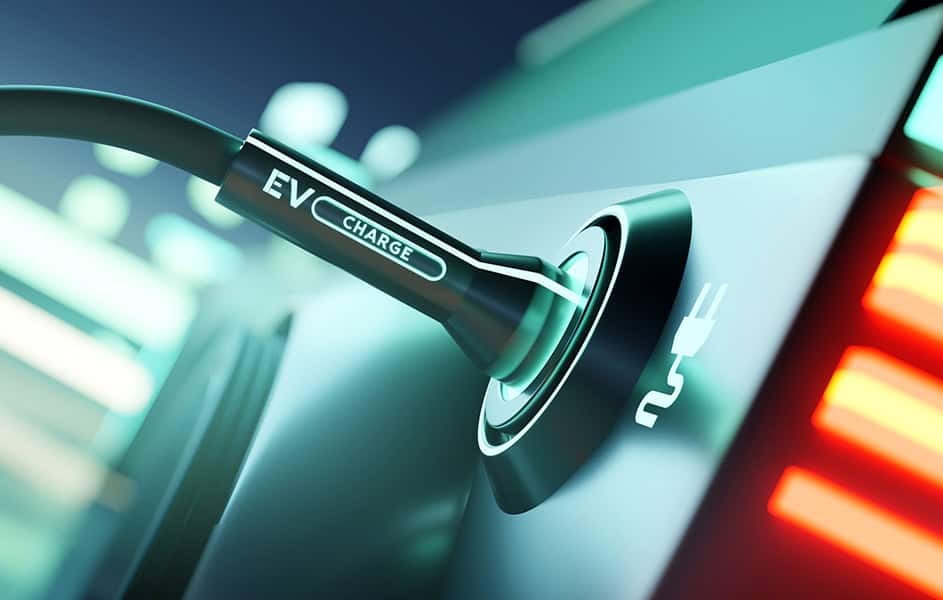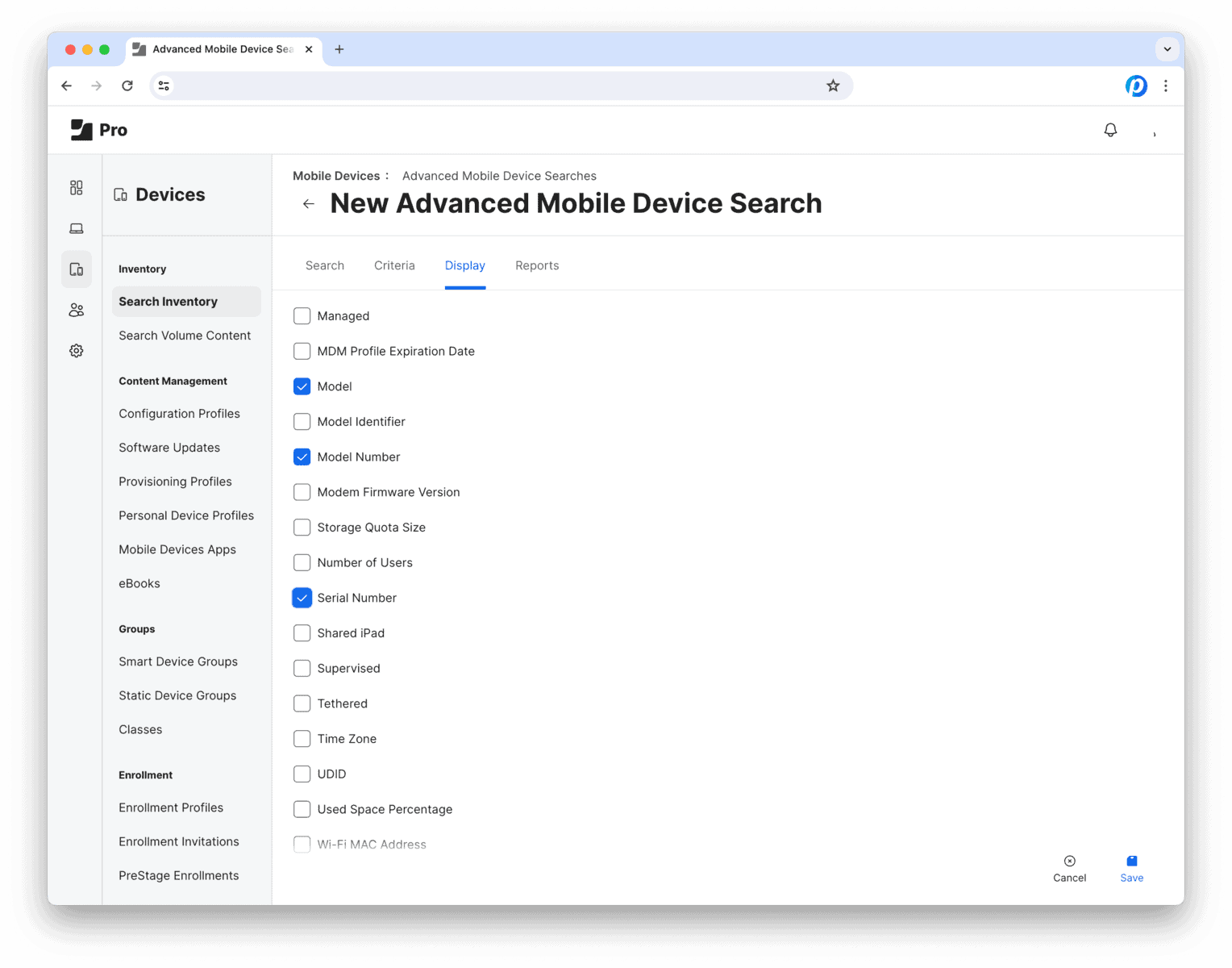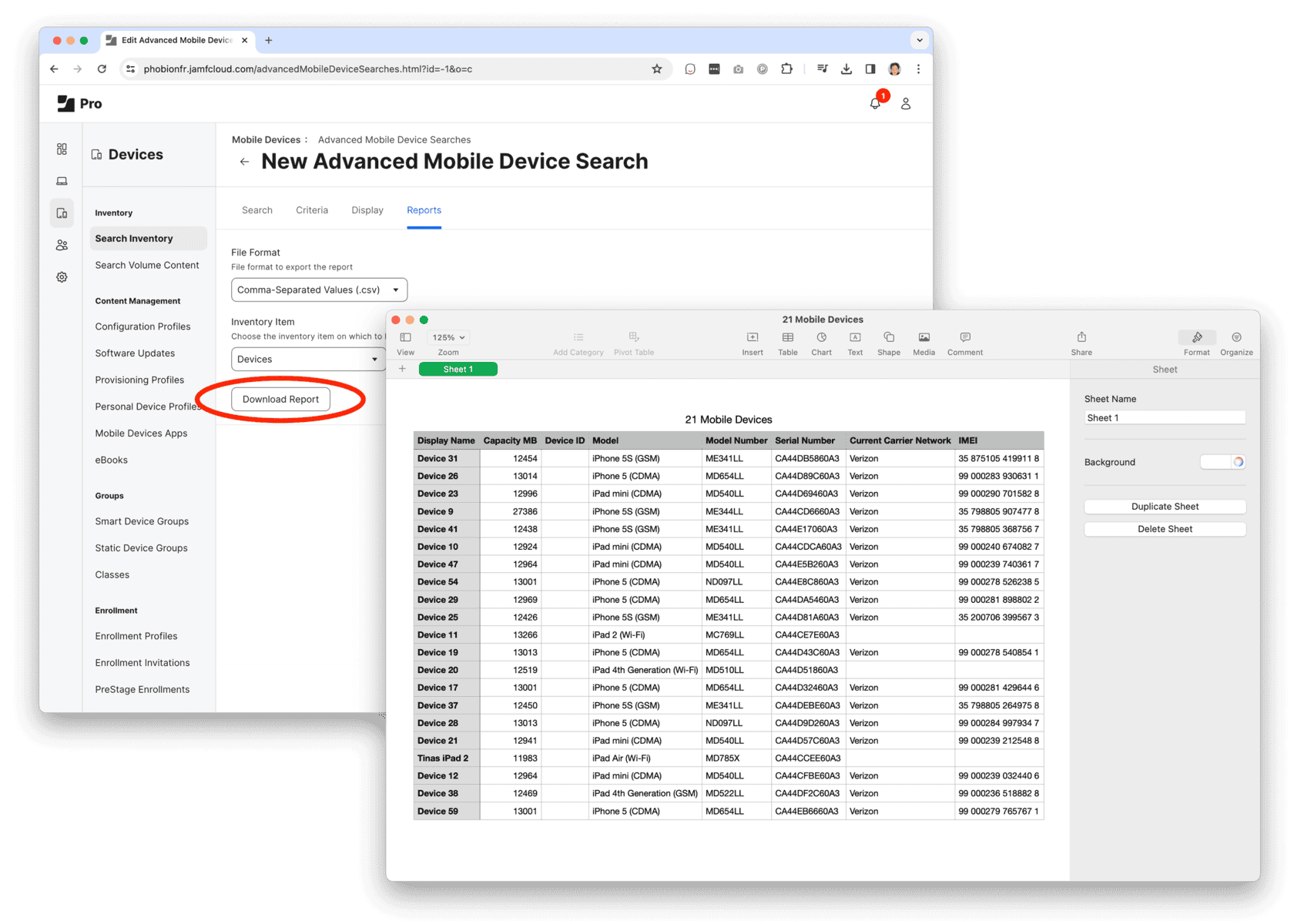The demand for electric vehicles (EVs) has skyrocketed over the last 15 years. What started as hybrids made by Toyota turned into all-electric vehicles made by luxury European brands and Tesla.
Now, mainstream American automakers have taken notice. GM, Ford, and Chrysler all have announced they are turning towards EV production as they have invested tens of billions of dollars to create new models of EVs by 2024.
Then Russia invaded Ukraine, and gas prices soared.
As EVs become even more popular with American consumers, one major problem remains.
What do car manufacturers do with the spent batteries?
Automakers can move towards a circular economy that recycles the old batteries in a way that is environmentally friendly and safe so that they can reuse certain components. We examine this issue in detail.
How many EVs are there?
From 2022 to 2024, the number of EV models available to American consumers will double from 62 to 134. By 2018, after a decade of investment, there were 1 million EVs on American roads. That number is expected to rise to 4 million by 2030 in the state of California alone and 145 million worldwide (compared to just 11 million worldwide now).
Half of all global passenger vehicle sales by 2035 will be for EVs.
American automakers have shifted their production lines to make more EVs. The competition in this market will eventually push prices down, but many of these new vehicles will cost $30,000 or more. The average price of an EV is around $56,500 at the present time, and that will go down as more electric vehicles hit the new car market.
With all of these new electric vehicles coming online, they need batteries to power them.
Demand for EV Batteries
Even with new innovations in batteries and more EV batteries being produced every day in China, Korea, and the United States, demand will continue to rise. By 2030, demand will rise to 9,300 gigawatt-hours of electric vehicle batteries for cars, a whopping 1,600 percent higher than levels in 2021, at just 706 Gwh.
And the world leader in EV battery production?
China, with nearly 80 percent of the world’s capacity. That’s because China has the most raw materials and the highest demand for electric vehicles in urban centers that produce choking smog on a regular basis. Manufacturing of these batteries is expected to double by 2025, in just three short years. China will still dominate the market at that point, but Germany will be second and the United States third with an overall capacity of 1,447 GWh.
It still won’t be enough.
Can the world create enough EV batteries to keep pace with demand?
We don’t know yet. Recycling these batteries offers a way to maintain a circular economy while making it easier for manufacturers to keep pace with demand.
How long do EV batteries last?
Like all batteries, the ones in electric vehicles degrade over time. Manufacturers typically have warranties for eight years or 100,000 miles on EV batteries. In California, warranties last for 10 years and 150,000 miles.
Experts estimate that an EV battery can last as long as 200,000 miles.
These cars use complex battery management systems that try to minimize the effects of temperature on the batteries. Hot temperatures make batteries drain faster, and fast recharging (which generates more heat) can make them degrade sooner, too. No one is sure yet how long batteries in these vehicles will last because even the oldest EV models on the road today have only just begun to reach these limits. We just don’t have enough data. However, companies must prepare for the eventuality that EV batteries will expire. The need to create a circular economy with these batteries, where recycled ones go back into circulation, should start happening now before the issue grows out of hand.
Cheaper to Buy New Than Reused
As of right now, it’s actually cheaper for EV automakers to buy new batteries from suppliers than to recycle old ones.
That’s because EV batteries are well put together and are difficult to take apart, and with good reason. EV batteries must be solidly constructed to withstand accidents. Otherwise, they might catch on fire despite the best safety precautions.
Another obstacle with recycling EV batteries comes from their chemical composition. Different manufacturers make their cells out of different substances. Materials in batteries present challenges to regulators who don’t want these cells to end up in landfills where they can contaminate groundwater.
Yet countries that manufacture EV cells can create more economic security by having recycling programs if the geopolitical climate changes in the coming years or supply chains break down again (like with the pandemic).
Science & Engineering Are Looking to Solve These Problems
Academia and governments are spending money to research how best to recycle used EV cells. When Teslas were new 10 years ago, recycling EV cells weren’t a big deal. It’s about to become a big deal.
The U.S. Department of Energy has pumped $15 million into the ReCell Center, a research center that looks into the best practices for recycling EV cells. Not every part of a battery can be recycled easily. There are common metals inside each battery, and lithium is very common all over the world. Understanding the compositions of these cells gives us a better idea of what needs to be recycled.
There are three main types of EV cells, so named for the metals in the cathode, or the needle-like metal structures that exchange ions with a liquid to produce an electric charge.
- Nickel-cobalt-aluminum
- Iron-phosphate
- Nickel-manganese-cobalt
Typical lithium-ion EV batteries in entire cars are made of:
- 17 pounds of lithium
- 77 pounds of nickel
- 44 pounds of manganese
- 31 pounds of cobalt
These metals offer the opportunity for extraction and recycling in EV cells because smelting plants can recycle the metals. Cobalt is the big one because its properties, as a heavier metal, increase battery life and energy density.
How Are EV Cells Recycled Now?
Recyclers have two main ways to handle recycling EV cells now:
- Pyrometallurgy uses high-temperature fires to melt the plastic and liquids in the batteries. What’s left behind are the metals, often melted into piles of slag. The metals are then shipped off to refineries that extract them, refine them again, and make them ready for new batteries.
- Hydrometallurgy utilizes a combination of acids to break down the outer parts of EV cells while leaving the metals inside mostly intact. The batteries are submerged in a pool of very strong acids that turn cells into piles of goo before the metals are fully extracted.
Pyrometallurgy is more popular. Sometimes, both methods are combined at the same facility. Extracting the metals in these ways reduces the dependency on new minerals. But both processes have adverse consequences:
- Pyrometallurgy produces greenhouse gases (and toxic fumes) that must be collected.
- Hydrometallurgy uses strong acids that are not environmentally friendly.
Are there better ways? Maybe, but lithium-ion batteries are pretty much here to stay because of their low cost.
Lithium-Ion Is Here to Stay
Lithium-ion batteries, even large ones on electric vehicles, are so inexpensive compared to the early 1990s when they first entered the market. Prices for these batteries dropped 30-fold in 30 years. The same will eventually be true with EV batteries, provided the supply chain holds up and prices remain stable.
Prices of metals found in batteries are:
- $17,000 per ton for lithium
- $43,000 per ton for nickel
- $25,000 per ton for manganese
- $80,000 per ton for cobalt
Note the price of cobalt. Its price went way up during the pandemic, and its price is still high. As demand will increase for cobalt, the price may still remain elevated.
These metal prices are why EV batteries, and EVs in general, are so expensive right now.
Two-thirds of the world’s cobalt comes from mines in the Democratic Republic of Congo, one of the most notorious African countries for human rights abuses. The ruling parties there are horrible, and the working conditions in the mines are less-than-ideal, to say the least. Mining companies frequently use child labor, and safety practices are lax. That’s why EV battery recycling is important, and developing a circular economy offers one solution to the problem of high prices for metals that don’t have to rely on unstable African countries.
Are scientists coming up with new ways of producing these batteries?
Possibly.
Coming Up With New Materials
The crystalline structures of all four heavy metals in lithium-ion batteries are ideal for electrical production. Researchers at the University of Texas in Austin have found a way, in a laboratory setting, to produce cathodes without using cobalt. A startup, called TexPower, believes it can take the laboratory process to commercialization in two years. Tesla, in its research facilities, is also looking for cobalt-free batteries. It has said it will eliminate cobalt in Tesla cells in a few years, as well, based on current research.
Just like with every new technology (think of cellphones), the prices will come down as they are more widely adopted. But we still have to come up with ways to recycle EV batteries, even with new metals in them.
Costs & Revenue From Recycling
Service centers are a huge moneymaker for auto dealers and stand-alone shops. They take care of oil changes, filter changes, transmission fluid changes, radiator flushes, brakes, hoses, alternators, sparkplugs, and more. Many of these services will diminish or disappear as more EVs come online. Electric vehicles don’t need fuel filters, radiators, crankcases, oil, or transmissions. Yet service centers can adapt and make money through servicing electric vehicles.
Battery-swapping will be a thing, and EVs still need brakes and shocks and struts.
Dealers will have to be on the front lines of replacing batteries in cars because they already have the equipment to take them out and replace them. Just like recycling oil and rubber, the costs for recycling electric vehicle cells with decrease as more companies adopt these processes. And car dealers can, pardon the pun, charge for these services. They can also upsell while a customer is in there, like if they want to buy an accessory for their vehicle while they wait for the new battery to go in their vehicle.
Manufacturers and recycling companies will no doubt reimburse them, and governments can incentivize them through tax breaks.
How Will Car Companies Recycle Electric Vehicle Batteries?
The circular economy starts when batteries come out of EVs.
In around eight to 10 years, an electric vehicle’s cell loses about 20 percent of its electrical capacity. It still has 80 percent left!
While this isn’t bad, it’s not the best for EVs that need to be efficient. So the batteries are actually still two-thirds good, just not at their full capacity. They can still be recharged, they just aren’t able to turn an EV’s wheels as fast.
Enter the secondary market for electrical power storage that doesn’t require motion.
Companies in Europe are experimenting with repurposed EV cells that sit outside of buildings to store energy. Bundled in packs of 12 and sitting in their own storage sheds, the batteries are less prone to temperature changes and they don’t succumb to high recharge rates. The point of these batteries is to save money. Nissan’s European headquarters in Paris uses banks of old Leaf batteries to store electricity when demand is low (and prices for consumption off the grid are low). When the price for electricity is high (during the day when more people use it), Nissan’s building gets more of its power from the storage cells. Relying on non-utility power can also cut greenhouse gases and carbon emissions.
What Happens With These Repurposed Batteries?
Before these batteries can be used to store electricity, they have to undergo testing and refurbishing (but not high-temperature burning like we discussed earlier) through an extensive process.
It’s not cheap to do this, either.
But as more money, research, and development go into recycling and repurposing EV batteries, prices will be more economical for everyone involved. GM and BMW have already invested money to research how best to recycle electric vehicle cells. Before these investments make EV battery recycling more viable, there are several obstacles to repurposing them now:
- Little profit in it due to lack of demand
- No incentives for EV owners (i.e. tax breaks or rebates)
- Lack of guidance for battery end-of-life and decommissioning
- Lack of policies in place
- Increasing costs for remanufacturers due to safety requirements needed for handling older batteries
- EV battery manufacturers not designing them with reuse and repurposing in mind
One of the keys to recycling will be third parties outside of the automotive industry who could use these cells at 80 percent capacity.
Renewable Energy & Battery Backup
One of the limitations of solar and wind electrical generation is that these systems don’t produce energy 100 percent of the time. There are on-peak and off-peak hours, and there are times when homes and buildings don’t need to use all of the power generated by wind and solar. Manufacturing storage batteries just for these systems is expensive, and it drives up the costs of renewable energy installations.
Repurposed EV cells offer a way to make renewables more attractive to residential and commercial customers by eliminating one of the main hangups of these systems.
Banking EV batteries together offers a way to store electricity from solar and wind for when these systems don’t generate power or when people need electricity at night. Lower costs for batteries make investments in these systems more likely. More investments in solar batteries will bring prices down even further, especially since solar is almost as cost-effective as buying electricity from a utility company.
Battery backup is another way to repurpose EV batteries.
When the power goes out during a storm, the batteries kick in rather than a noisy generator coming online. Plus, homeowners don’t need to worry about the generator running out of gas. These batteries can save lives when it comes to people who need electricity for medical devices or require refrigeration for lifesaving medicines. Commercial buildings can also use battery backups instead of generators to keep their buildings going even if the power goes out.
Having non-automotive investors involved is a win-win for EV batteries. As a storage unit producing stationary power, cells may last another decade before needing to be recycled completely. They could stay out of their end-stage for two decades, even if they aren’t used in cars all of the time!
By the end of the next 20 years, humans will probably create new ways to make electric vehicle cells more efficient, and we’ll be talking about how they last 40 years in vehicles with new materials.
How Recycling Cells Can Help the Entire EV Industry
Recycling EV batteries creates a huge opportunity for the receiving, recycling, and reuse of this vital and expensive technology.
Auto dealers and specialty shops can benefit by offering to remove and replace EV batteries for owners. As more EVs come online, shops will be seeing less traffic for oil changes, transmissions, and radiator fluid problems.
Then there is the good PR. Consumers are more apt to invest in green companies if they know their purchase will go towards reducing carbon emissions and keeping waste out of landfills. Companies that buy used EV batteries, like specialty battery recyclers, can offer a cheaper alternative to new ones where applications for battery storage exist for homes and commercial buildings.
Aerospace can use batteries for spaceships. Oil rigs can use batteries to power lights. Trains can use batteries to power non-moving systems in cars. Cities can use these batteries to take pressure off of beleaguered electric systems when it’s too hot or too cold.
If something needs electricity, there might be an option for using a repurposed EV battery.
Eventually, the circular economy may go back to the auto industry when and if manufacturers find ways to bring batteries back to full capacity after refurbishing them after using some as-of-yet undiscovered technology.
How Recycling EV Batteries Can Help the Planet
There are a few ways this process helps the planet.
It reduces our need for new mining and extraction when battery demand increases. There are only so many rocks on the planet, and mining asteroids is still a few decades off.
EV cell recycling reduces our reliance on fossil fuel burning for electricity when we can use batteries to provide effective storage for solar and wind farms. It will also drive down the costs of these systems as more people see their value.
Helping combat climate change is in everyone’s best interests because we only have one planet to live on right now.
What Has to Happen Now or Soon
Investments and incentives for recycling EV cells must happen soon or now. Laws and policies are not enough. The infrastructure, incentives, and investments must be in place.
- Incentives typically come from government entities, like tax breaks.
- Investments usually come from large companies. Carmakers, solar energy companies, and tech giants like GE should all start investing in this sustainable future where EV batteries get a second life.
- Infrastructure has to happen, too. Companies need to develop a supply chain that will eventually turn into a circular, self-sustaining economy.
Battery Recyclers Are Here Too
One part of the infrastructure equation comes from battery recyclers. Talk to us about partnership opportunities, or if you’re ready to offer programs for your customers to trade in their old devices for something newer. We’ve been fueling the Circular Economy of consumer electronics since 2010, and we’re excited to leverage our expertise and partnerships to help EV manufacturers.








